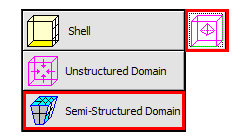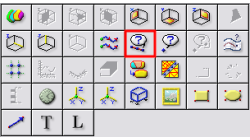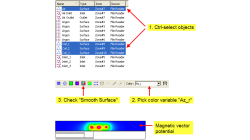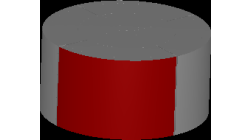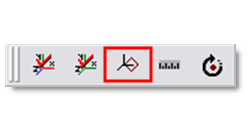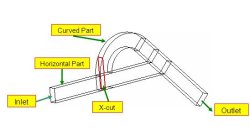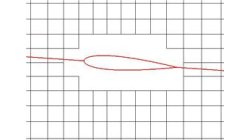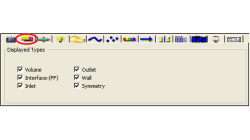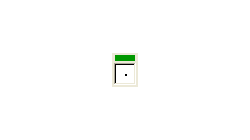- Home
- Resources
- Tips & Tricks
Tips & Tricks
Importing external data in the CFD-VIEW Plotter
Comparing computational results to experimental data is a task often asked of CFD analysts and engineers. The line/curve plotter in CFD-VIEW is commonly used for plotting computational results along curves, such as line probes, surface slices, time histories, etc. CFD-VIEW offers a feature that allows users to import experimental or other external data in the same plot, thus making it easy to compare results.
Abraham
Meganathan
CFD
Semi-Structured Domain Stitching in CFD-GEOM
A feature that allows users to stitch together a Semi-Structured domain is available in CFD-GEOM. This feature gives the user flexibility of stitching two end faces with different topologies, i.e. a geometry that cannot be extruded.
Abraham
Meganathan
CFD
User Defined Curve Probes in CFD-VIEW
CFD-VIEW allows the user to create curve probes from a file containing XYZ data. This feature gives the user flexibility of collecting data on any specified/desired curve in the computational domain. As an example of use, these "curved line" probes could be used to sample simulation data at the same locations that experimental data was collected.
Abraham
Meganathan
CFD
Tracking Multiple Variables with Multiple Legends
When post-processing with CFD-VIEW, one may wish to display two different variables on two different objects. This requires the use of two legends to correspond to the different color mapping of the variables. The legend tracking feature in CFD-VIEW can be used to achieve this. If this topic is of interest to you, please read on.
Abraham
Meganathan
CFD
Transparency Feature in CFD-GEOM
In CFD-GEOM, certain entities can now be set to transparent. This option allows you to add transparency effects to your surfaces, faces, and volumes. This can be an excellent way to add shadows/colors and glass effects to the model.
Abraham
Meganathan
CFD
Using the Construction Plane in CFD-GEOM
Point entities in CFD-GEOM are placed in an XYZ (Cartesian) coordinate system. The Construction Plane tool enables you to position a plane in space, and place points on that plane to generate curve entities.
Abraham
Meganathan
CFD
Clipping of X, Y, Z, Arbitrary Cuts and Iso-Surfaces in CFD-VIEW
In CFD-VIEW, performing X, Y, Z, arbitrary cut and iso-surface operations on volumes yield surface objects. One may desire to visualize and/or perform calculations in a user specified spatial range of the surface instead of the whole surface.
Abraham
Meganathan
CFD
Blanking Option in CFD-VIEW for Visualizing Chimera Grids
CFD-FASTRAN uses closed surfaces, such as walls or blocked regions, to create Chimera holes (or blanked regions) in a grid. By default, the number of buffer layers is set to 1. This means that a closed surface will cut a hole in any mesh that overlaps it, and the initial "blanking" of grid cells defines the hole.
Abraham
Meganathan
CFD
Using CFD-VIEW Display Types
When post processing a simulation in CFD-VIEW, you will often be working with multiple types of objects. Volumes and Surfaces are two types objects that you will most definitely have whether the model is 2D or 3D.
Abraham
Meganathan
CFD
CFD-GEOM Viewer Hot Keys
Most of the time users deal with real world problems which are usually 3D. 3D geometries and grid generation can be difficult to mesh depending on the complexity of the geometry. Working with 3D geometry and grid generation can be made lot faster with effective use of the Hot Keys available in CFD-GEOM.
Abraham
Meganathan
CFD

